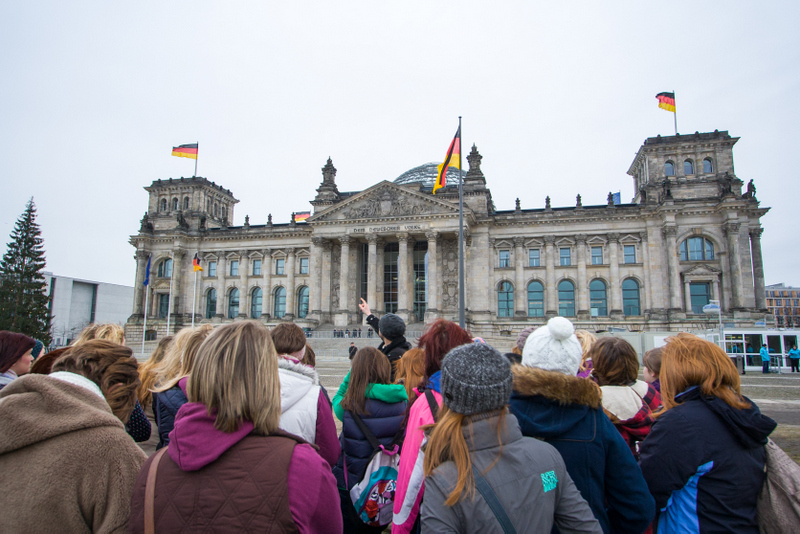
The summer holidays have come and gone and it’s time for a return to school. For many, thoughts of the new school year have been present throughout the break. While each new academic year brings its challenges, in recent years these have been compounded by changes to the history curriculum – last year it was the introduction of new ‘A’ Levels and this year it is new GCSEs.
What’s new?
The changes make quite a difference to what is going to be taught, with an emphasis on knowledge and requirements for different periods. The introduction of medieval history will open up aspects of history not previously covered in any depth for some schools. The new thematic approaches for understanding history and changes over time will explore some interesting ideas and events.
The new requirements for understanding the historic environment and the site study are a valuable way of encouraging students (who, let’s face it, can sometimes be a bit unwilling to look at the world around them) to appreciate the historic layers that are frequently present across the UK.
Finding the time
Planning for the new changes has been on many teachers’ minds for quite some time as new resources have been sourced and new text books examined. The big issue though is not always how to teach a new historic period or how to draw out an appropriate enquiry route but how much time can be dedicated to each of period, theme and significant issue. Time is always one of the greatest challenges facing teachers and students. How much can be taught in the lessons available and how much of it must be done in a manner that allows the pupils to develop understanding for themselves is one of the challenges for lesson planning.
How can a trip support the new specifications?
Over the summer I have been exploring how different destinations can be used to help deliver some of the new exam content. By combining trips to some new places alongside some of the places traditionally visited, the different areas now included in the exam can be explored over a few days.
A trip to Germany could now include a day in Wittenberg to explore the Reformation and religion before going on to Berlin to explore aspects of twentieth century history. A visit to Amsterdam can also deliver different elements of European history for different time periods. A trip to Normandy will cover the Second World War but also large amounts of medieval history.
Across Europe there are destinations that can support the new inclusions for exams and reinforce elements of the content being studied for British history. There are lots of places that can help history students to understand the periods and themes that they are studying and the changes to exams provides opportunities to explore those places. Some of those places have been destinations for schools for many years but the new exams enable a fresh approach to be taken for the sites.
Delivering knowledge and understanding
Whether the destinations are new for schools or not, what a tour can do for a teachers and students is deliver knowledge and understanding in a concentrated time period with a historic site interpretation.
The new academic year brings new challenges but it also offers some exciting opportunities to try new things and visit different places. It should prove to be quite exciting!
If you’d like to find out more about how your students’ learning can be supported through a tour – Call 01332 347 828 E-mail info@rayburntours.com or Get in touch.